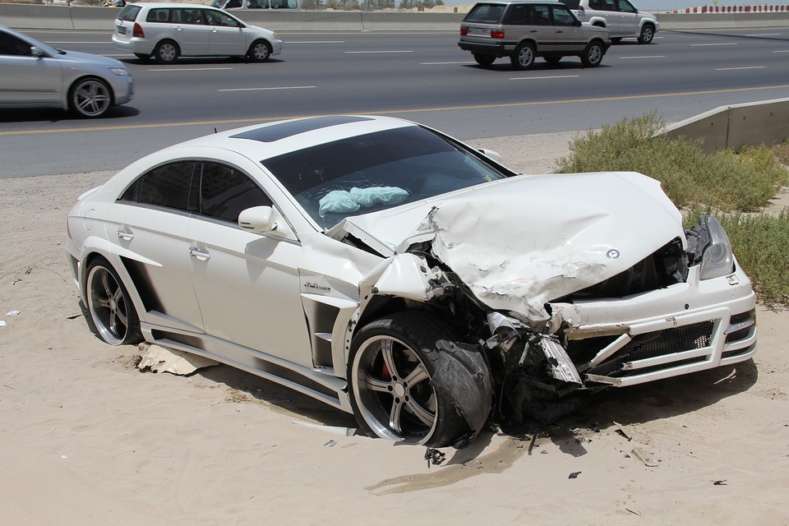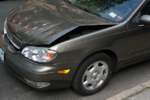Negligence is a lawful hypothesis that is the reason for some car accident claims. In the event that you’ve been in a car accident and have been sued or are suing the other party, there’s a decent possibility you’ve heard the expression “negligence” kicked around. In any case, what precisely is negligence? Here’s an introduction to utilizing negligence as a reason for recuperation in car accident cases.
What Is Negligence?
At the point when an individual is careless, it implies that the individual has carried on in a negligent or careless way, which has made mischief or injury someone else. An individual can be careless by accomplishing something that the person ought not to have accomplished (for instance, running a red light or speeding), or by failing to accomplish something that the individual in question ought to have accomplished.
Negligence is a lawful hypothesis regularly utilized in car accident cases. A driver must utilize care to abstain from harming different drivers, travelers, or people on foot – essentially, anybody that the individual in question experiences out and about. In the event that a driver isn’t sensibly careful and harms somebody subsequently, the driver is at risk for harming the accident injured individual.
Components of a Negligence Claim
The individual who brings the claim (called the offended party) must show that the litigant (the individual being sued) was careless. On the off chance that you are the offended party, you should show the entirety of the accompanying:
The law required the litigant to be sensibly careful. In-car accident cases, the law expects drivers to be careful while experiencing anybody they meet out and about – travelers, people in different vehicles, and walkers – so this one is guaranteed.
The respondent was not careful. This is classified as “breaking” (or damaging) the obligation of care. In deciding if a driver was adequately careful, the law contrasts the driver’s direct and the lead expected of a “sensible individual.” The law asks: How might a sensible, judicious individual have acted in the equivalent or comparable conditions?
In the event that the respondent’s conduct misses the mark concerning how a sensible individual would have acted, the litigant has disregarded the obligation of sensible care. Instances of direct expected of a sensible driver include:
- stopping at red lights
- looking for intersection people on foot, and
- following the vehicle in front at a protected separation.
The respondent’s direct caused offended party’s wounds
You should likewise show that the respondent’s lead caused your wounds. The offended party endured misfortunes and additionally was harmed. Car accident exploited people are qualified for remuneration for wounds, lost wages or acquiring limit, torment and enduring, and property harm (for instance, harm to a car). In the event that there aren’t any money related misfortunes or provable wounds, the offended party can’t recoup anything. For instance, if Paula in the above model doesn’t endure any physical injury, doesn’t miss any work time as a result of the accident, and her car supports no harm, she can’t recoup remuneration from Dan in light of the fact that there has been no injury or harm.
The offended party must show proof of their wounds and other fiscal misfortunes to be redressed. On the off chance that you are the offended party, it’s critical to keep total and definite records everything being equal, medical costs, and property harm.
Driver Responsibilities
The law expects drivers to utilize sensible care to abstain from hurting anybody experienced out and about. Be that as it may, what precisely does this involve? Here are a few instances of explicit necessities that the law has forced. In the event that a driver fails to meet these necessities, the person might be found to have abused the driver’s obligation of sensible care.
Driving at a sensible speed
Drivers have an obligation to drive at a sensible, judicious speed. An individual who drives at a speed that is outlandish considering the current traffic, street, perceivability, and climate conditions might be careless. In any event, driving at as far as possible can be viewed as careless if, for instance, perceivability is low, the climate is terrible, or the conditions warrant specific alert (driving by a school where you can anticipate that kids should cross, for instance).
Carefulness and watching out
Drivers have an obligation to be alert and to keep up a careful post for different vehicles, people on foot, and street perils. Drivers are relied upon to see the things that a normal, reasonable individual would see. A failure to watch out – by, for instance, failing to take care when driving by a street building site or a school crossing – can establish negligence.
Keeping up control of the car
Drivers are required to monitor their cars by, for instance, having the option to stop rapidly. Negligence might be induced if a car loses control for no evident explanation.
Keeping up and utilizing the car’s gear. Drivers are required to keep up their vehicles in safe working request. For instance, lights and brakes ought to be working appropriately.
Driver Responsibilities by State Law
Each state has engine vehicle laws administering how drivers are relied upon to carry on out and about. In specific conditions, abusing an engine vehicle law offers to ascend to an “assumption” of negligence – implying that the litigant must present proof to demonstrate that the person in question was not careless (as opposed to requiring the offended party to demonstrate that the respondent was careless).
Instances of direct that may offer ascent to an assumption of negligence include:
- driving affected by medications or liquor
- abusing option to proceed rules, including a passerby’s option to proceed, and
- driving on an inappropriate roadside.
Car Accident Defenses
There are various protections accessible to a respondent in a car accident case dependent on negligence. Utilizing these barriers can lower or delete the litigant’s obligation (that is, the measure of remuneration the respondent must compensation the offended party). For instance, if a person on foot runs into the widely appealing and is hit by a car, the driver may get away from all obligation or may just need to pay for a few of the walker’s wounds.
Some little car accident cases are direct and can be dealt with without a lawyer. Assuming, nonetheless, your car accident case is convoluted, includes extreme or lasting incapacity, or includes enormous harms, consider employing a personal injury lawyer.



